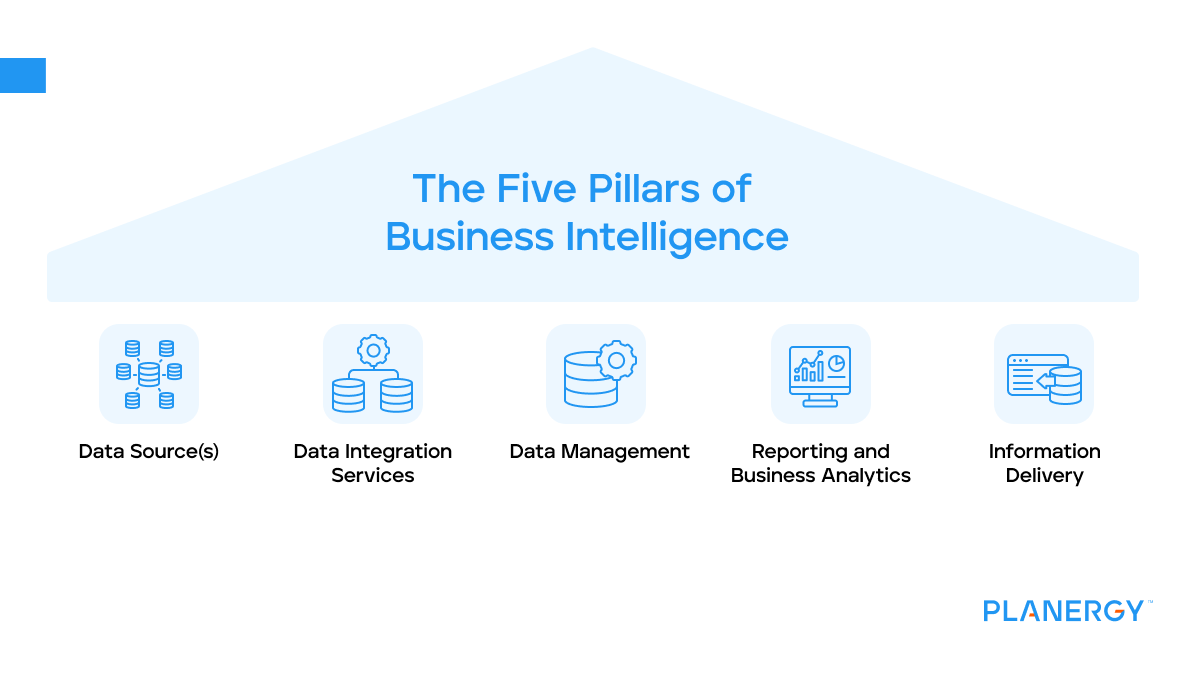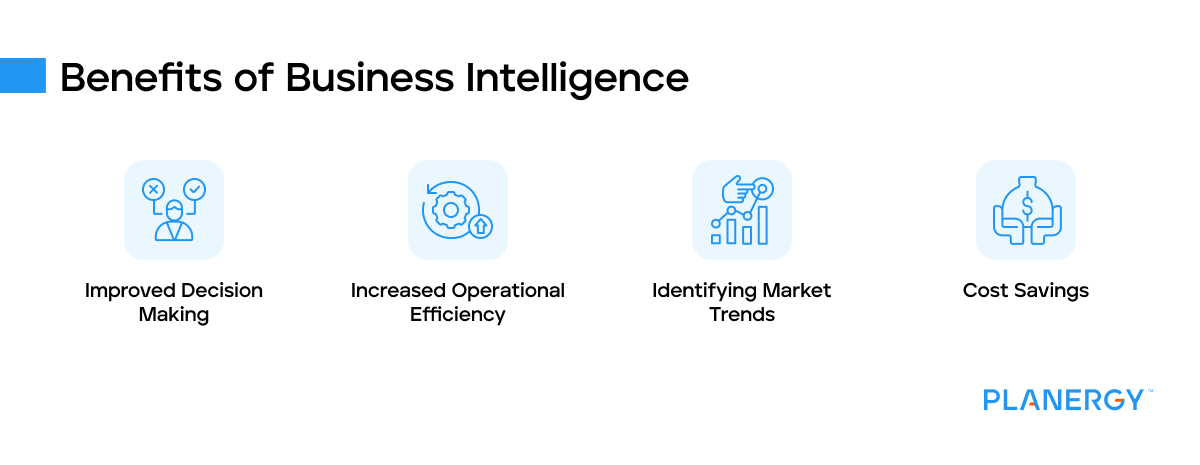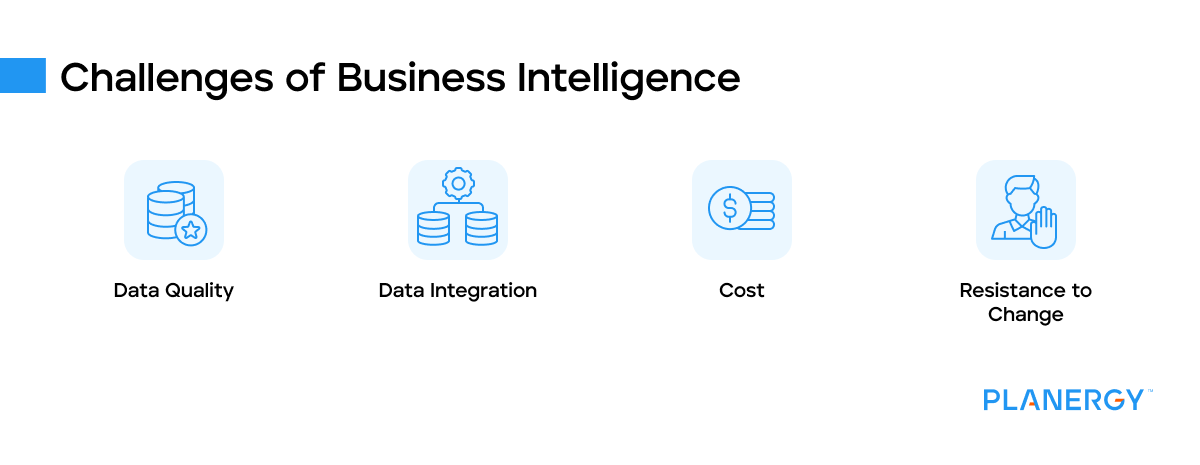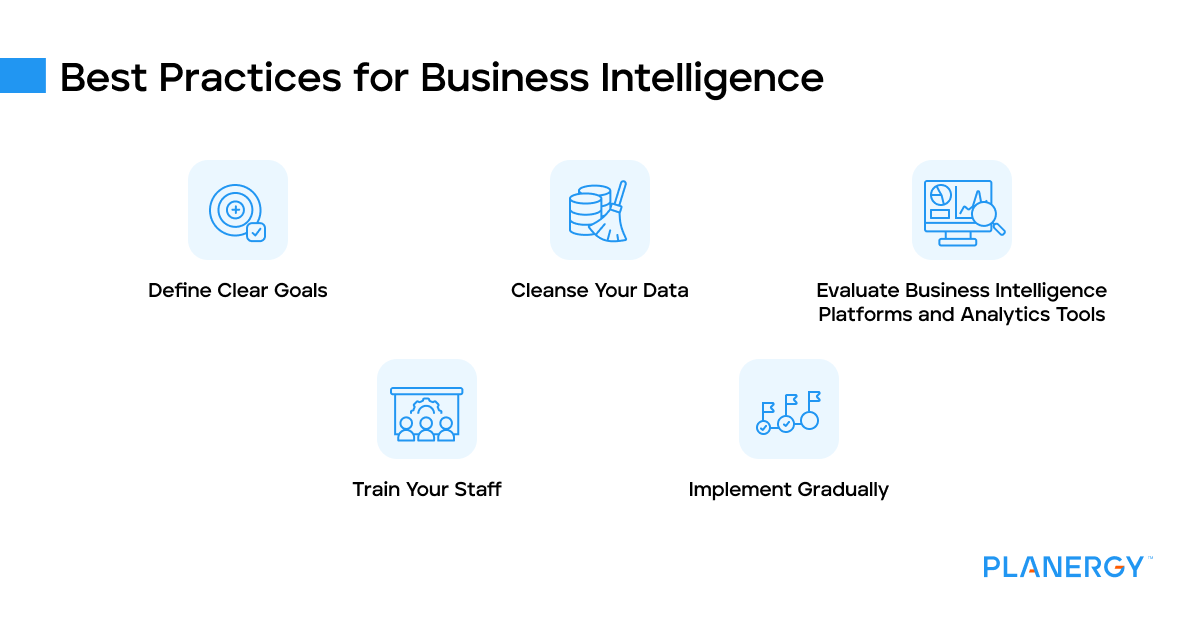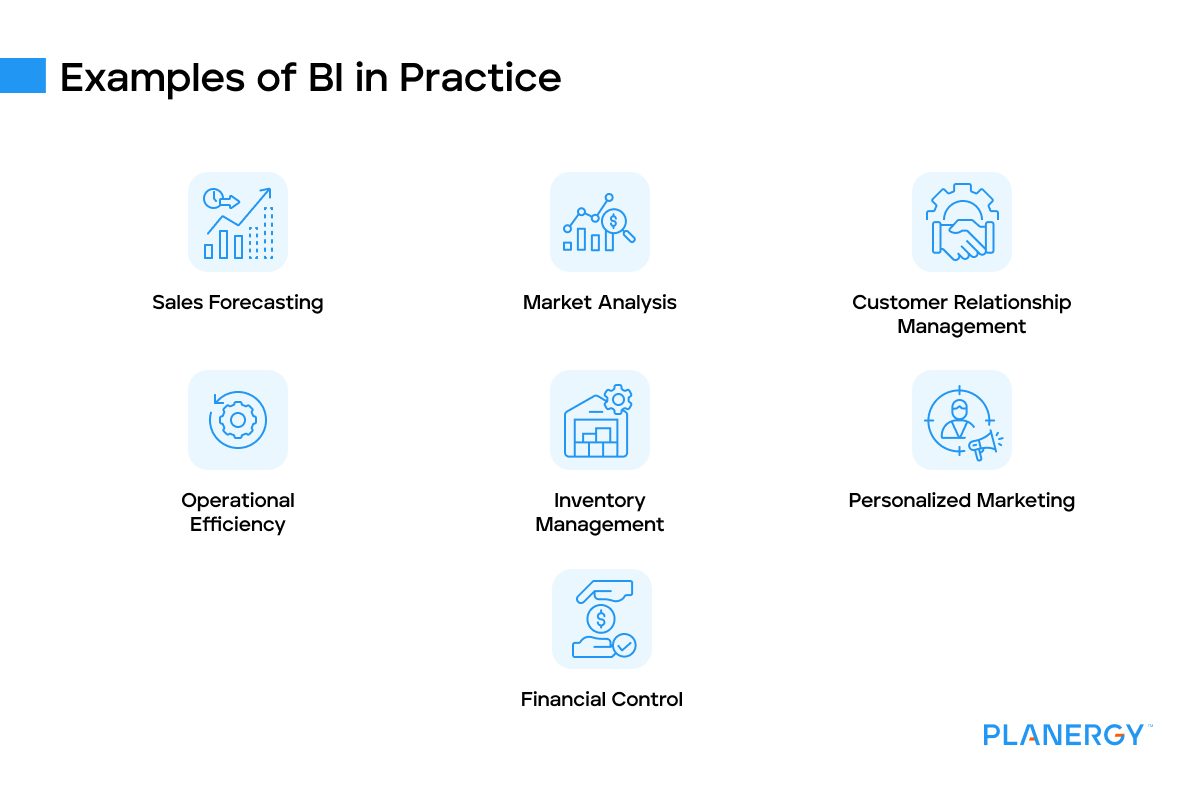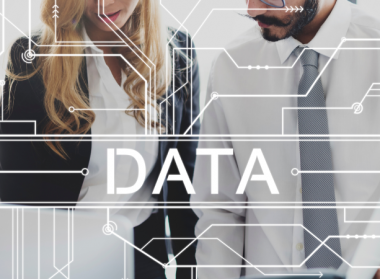BI has revolutionized the way businesses operate, providing crucial insights that drive decision-making and strategic planning.
Here are some real-world examples of how different companies use BI to enhance their operations.
Sales Forecasting
Companies like Coca-Cola use BI tools to analyze historical sales data and market trends to predict future sales.
This enables them to efficiently manage their production and inventory, align their sales team’s efforts with market demand, and set realistic sales targets.
By accurately forecasting sales, they can avoid stockouts and overstocks, ensuring customer satisfaction while optimizing costs.
Market Analysis
Amazon is a prime example of a company that uses BI for market analysis.
They analyze vast amounts of data from various sources, including sales data, customer reviews, and social media, to understand market trends and consumer behavior.
This allows Amazon to identify new product or service opportunities, understand the competitive landscape, and make strategic decisions that drive growth.
Customer Relationship Management
Starbucks uses BI to enhance its customer relationship management.
By analyzing customer data, including purchase history and feedback, Starbucks can understand individual customer preferences and behavior.
This allows them to personalize their marketing messages, offer targeted promotions, and improve their product offerings, increasing customer loyalty and satisfaction.
Operational Efficiency
Companies like Uber use BI to improve operational efficiency.
For instance, Uber analyzes data on trip times, driver availability, and traffic conditions to optimize its ride-hailing service.
This allows Uber to reduce customer wait times, maximize driver utilization, and enhance overall service efficiency.
Inventory Management
Walmart, a retail giant, uses BI to manage its inventory effectively.
By analyzing sales data, supply chain information, and store inventory levels, Walmart ensures it has the right products in the right place at the right time.
This improves customer satisfaction by preventing out-of-stock situations and reduces costs associated with excess inventory.
Personalized Marketing
Netflix is a great example of a company using BI for personalized marketing.
They analyze customer viewing history and preferences to provide personalized movie and TV show recommendations.
This enhances the viewer’s experience, increases viewer engagement, and helps Netflix retain its subscribers.
Financial Control
BI can also be used to maintain financial control within a company.
For example, American Express uses BI to analyze transaction data for patterns and trends.
This enables them to detect fraudulent transactions quickly, reducing financial risk.

